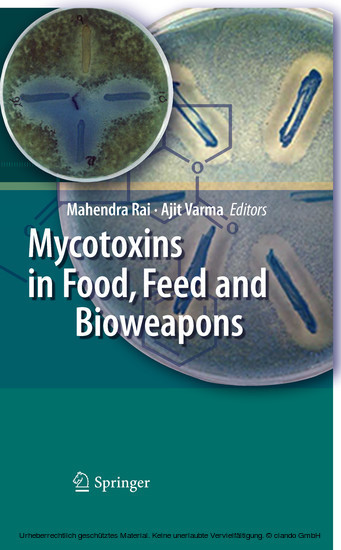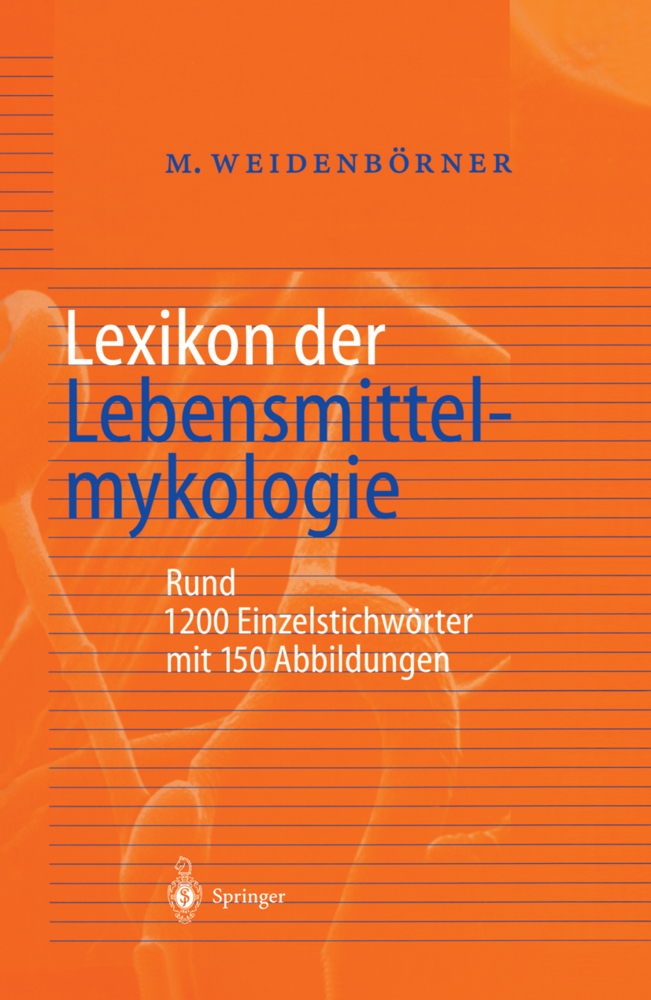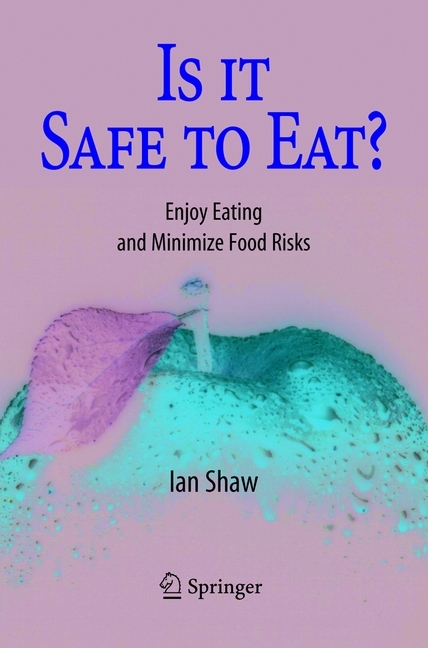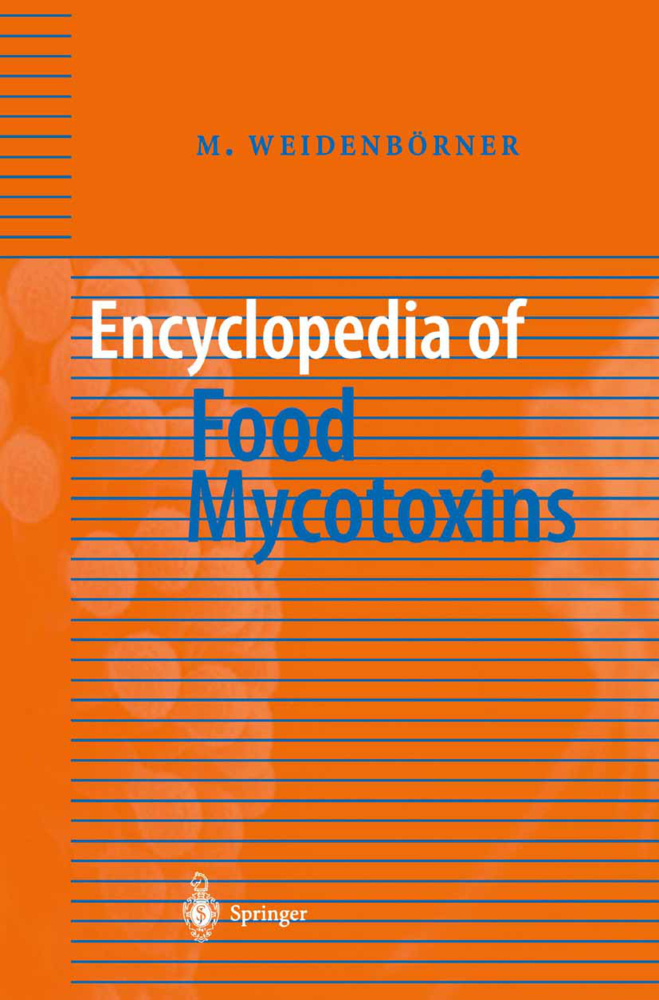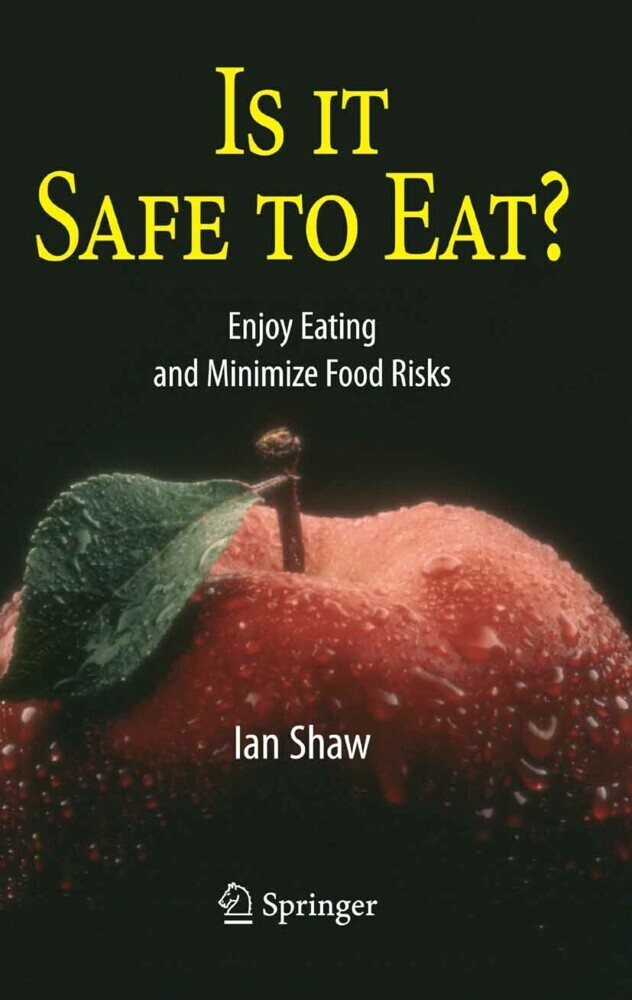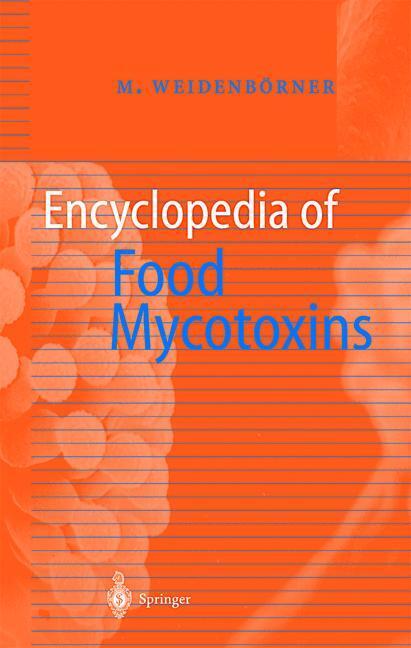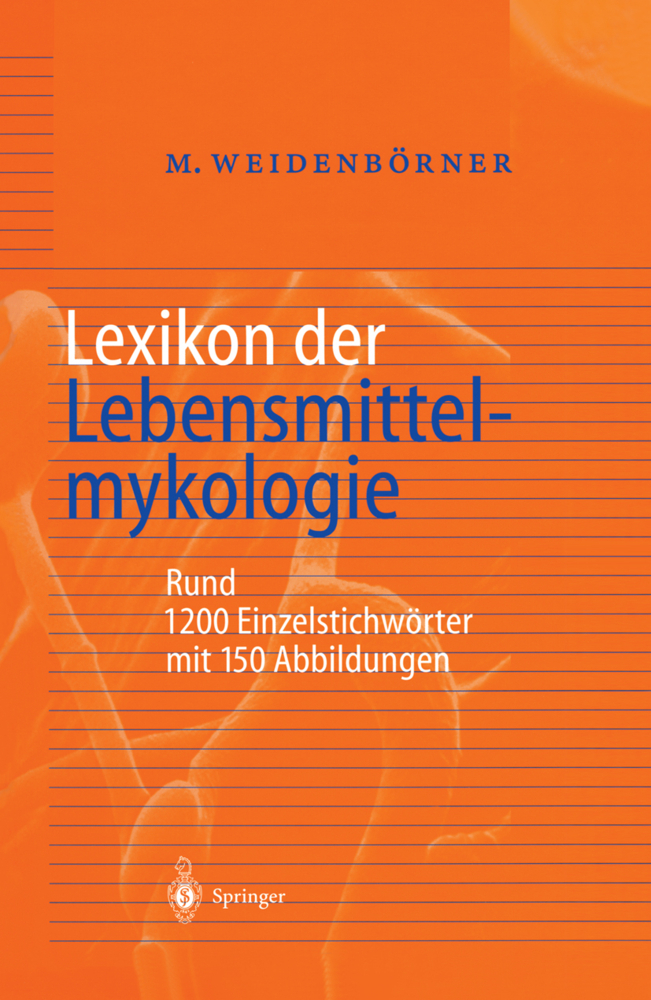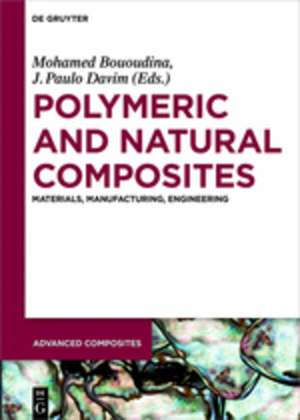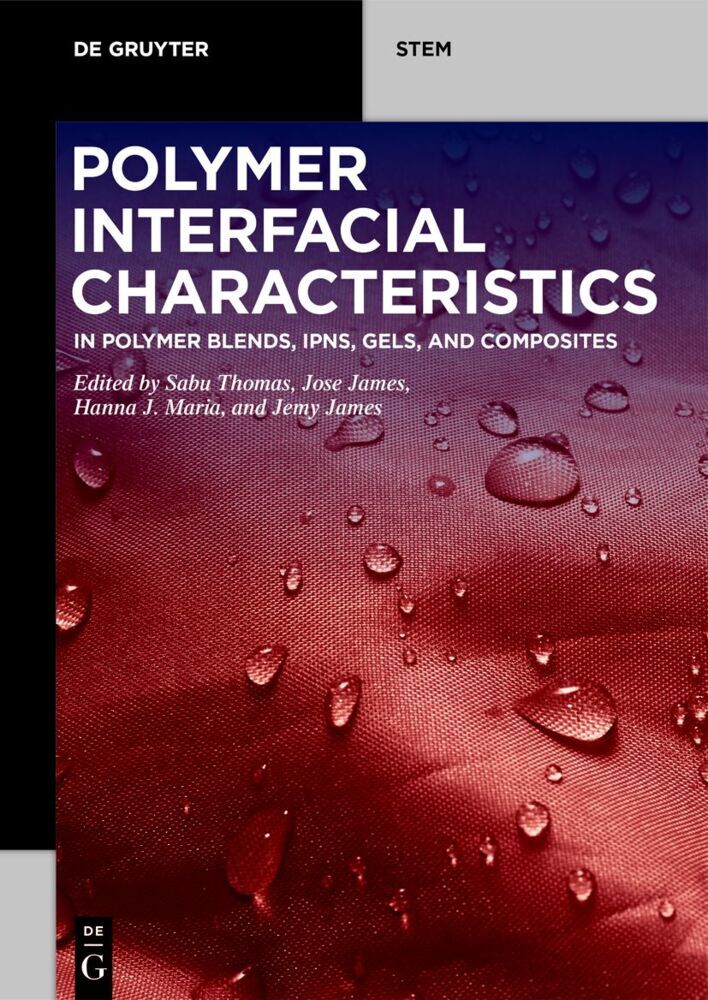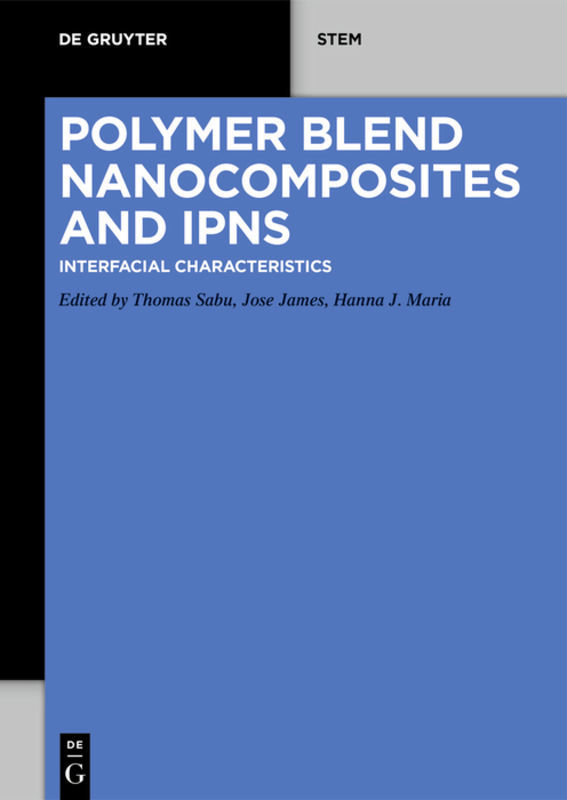Mycotoxins are made by different biosynthetic pathways, and they have an extremely wide range of pharmacological effects. This book will update readers on several cutting-edge aspects of mycotoxin research, including topics such as: new analytical methods for detection; the adoption of an ancient Mexican process for detoxification of aflatoxins; mycotoxin management in Ireland, Lithuania and South America; mycotoxin reduction through plant breeding and integrated management practices; and natural aflatoxin inhibitors from medicinal plants. Further contributions examine ochratoxins, selected trichothecenes, zearalenone, and aflatoxin-like gene clusters, as well as sclerotial development in Aspergillus flavus and A. parasiticus . Of particular interest are the chapters on the potential use of mycotoxins as bioweapons. This book will stimulate new thinking on the need to develop therapeutic as well as preventative interventions to reduce the toxicological threat of mycotoxins.
1;161309_1_En_FM1_OnlinePDF;1 2;161309_1_En_1_Part_OnlinePDF;17 2.1;Chapter : ;17 3;161309_1_En_1_Chapter_OnlinePDF;18 3.1;Chapter 1: Artificial Systems for Molecular Recognition of Mycotoxins;18 3.1.1;Introduction;18 3.1.2;Molecularly Imprinted Polymers;19 3.1.2.1;Molecular Imprinted Solid-Phase Extraction;20 3.1.2.2;Imprinted Materials for Mycotoxin Analysis;22 3.1.2.2.1;Ochratoxin AOchratoxin A;23 3.1.2.2.2;ZearalenoneZearalenone;25 3.1.2.2.3;MoniliforminMoniliformin;27 3.1.2.2.4;DeoxynivalenolDeoxynivalenol;28 3.1.3;Combinatorial Peptides;28 3.1.3.1;Combinatorial PeptidesCombinatorial peptides for Mycotoxins;29 3.1.3.1.1;AflatoxinsAflatoxins;29 3.1.3.1.2;Ochratoxin AOchratoxin A;31 3.1.4;Conclusions;32 3.1.5;References;33 4;161309_1_En_2_Chapter_OnlinePDF;36 4.1;Chapter Chapter 2: Molecular Mechanism of Detection of Aflatoxins and Other Mycotoxins;36 4.1.1;Introduction;36 4.1.2;Detection of Aflatoxigenic Fungi;36 4.1.3;Examination of Fungal Colonies under UV Light;38 4.1.4;Detection of Aflatoxins in Corn Kernels Contaminated with Aflatoxigenic Fungi;40 4.1.5;Detection of Mycotoxigenic Fungi by Polymerase Chain ReactionPolymerase Chain Reaction;40 4.1.5.1;AflatoxinsAflatoxins;40 4.1.5.2;Other Mycotoxins;41 4.1.6;Detection and Determination of Mycotoxins in the Analytical Laboratory;42 4.1.6.1;High Performance Liquid ChromatographyHigh Performance Liquid Chromatography;42 4.1.6.2;HPLC-Mass SpectrometryHPLC-Mass Spectrometry (LC-MS) and HPLC-Tandem Mass SpectrometryHPLC-Tandem Mass Spectrometry (LC-MS-MS);42 4.1.6.3;Enzyme-linked immunosorbent assay KitsELISA Kits;43 4.1.6.4;Lateral Flow ImmunochromatographyLateral Flow Immunochromatography;44 4.1.7;New BiosensorsBiosensors;46 4.1.7.1;Surface Plasmon ResonanceSPR;46 4.1.7.2;Fluorescent PolarizationFluorescent Polarization Immunoassay;46 4.1.7.3;Molecular ImprintingMolecular Imprinting;47 4.1.7.4;Arrays of BiosensorsArrays of Biosensors;47 4.1.7.5;Electronic NosesElectronic Noses;47 4.1.7.6;Straight from the Baker's Oven: Solid State SsDNA Odor SensorsSolid State Ssdna Odor Sensors;48 4.1.8;Conclusion;48 4.1.9;References;48 4.1.10;Online Resources;52 5;161309_1_En_3_Chapter_OnlinePDF;53 5.1;Chapter 3: The Destruction of Aflatoxins in Corn by ``Nixtamalización´´;53 5.1.1;Introduction;53 5.1.2;The Process of ``NixtamalizaciónNixtamalización´´;54 5.1.2.1;Facts about the LimeLimeLime;55 5.1.2.2;Chemical Changes in Maize MaizeMaizeMaizeMaizeduring ``NixtamalizaciónNixtamalización´´;55 5.1.2.3;Physical Changes in MaizeMaize During ``NixtamalizaciónNixtamalización´´;56 5.1.2.4;TypesTypes of ``NixtamalizaciónNixtamalización´´;56 5.1.3;Nixtamalización and Aflatoxins;57 5.1.3.1;Nixtamalización and RadiolabelRadiolabel Aflatoxins;58 5.1.4;DisadvantagesDisadvantages of Traditional NixtamalizaciónNixtamalización;60 5.1.5;Future Perspectives;61 5.1.6;Conclusions;61 5.1.7;References;62 6;161309_1_En_4_Chapter_OnlinePDF;64 6.1;Chapter Chapter 4: Mycotoxigenic Fungi on Baled Grass Silage in Ireland;64 6.1.1;Introduction;64 6.1.2;How Do Fungi Infect Baled Silage?;65 6.1.3;Significance of Fungi on Silage;65 6.1.4;Mycotoxigenic FungiMycotoxigenic fungi Occurring on Baled Grass Silage in Ireland;65 6.1.5;P. roqueforti and P. paneum TaxonomyMycotoxigenic fungiPenicillium roqueforti and P. paneum taxonomy;67 6.1.6;Physiology of P. roqueforti and P. paneumMycotoxigenic fungiPhysiology of Penicillium roqueforti and P. paneum;67 6.1.7;Mycotoxins Produced by P. roqueforti and P. paneumMycotoxigenic fungiMycotoxins produced by Penicillium roqueforti and P. pane;69 6.1.7.1;PatulinMycotoxigenic fungiPatulin;69 6.1.7.2;PR ToxinMycotoxigenic fungiPR toxin;70 6.1.7.3;RoquefortineMycotoxigenic fungiRoquefortine;70 6.1.7.4;Mycophenolic acidMycotoxigenic fungiMycophenolic acid;71 6.1.8;Conclusions;72 6.1.9;References;72 7;161309_1_En_5_Chapter_OnlinePDF;77 7.1;Chapter Chapter 5: Aflatoxin-like Gene Clusters and How They Evolved;77 7.1.1;Polyketide Biosynthesis Overview;77 7.1.2;AspergillusAspergillus Genomics;78
| ISBN | 9783642007255 |
|---|---|
| Artikelnummer | 9783642007255 |
| Medientyp | E-Book - PDF |
| Auflage | 2. Aufl. |
| Copyrightjahr | 2009 |
| Verlag | Springer-Verlag |
| Umfang | 405 Seiten |
| Sprache | Englisch |
| Kopierschutz | Digitales Wasserzeichen |

